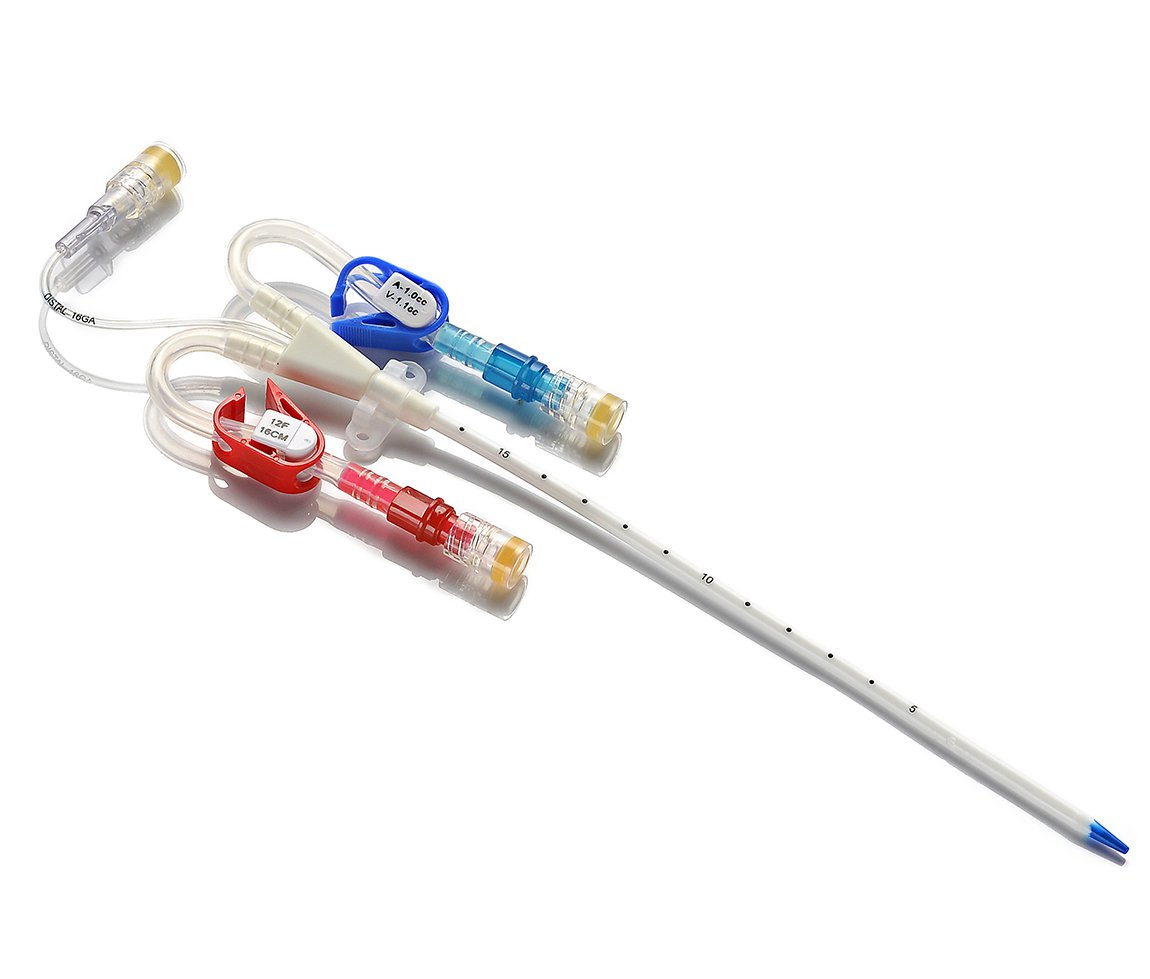We'd Love to Hear From You
Curious about product features, price quote, registration, delivery time, etc? We're ready to answer any and all questions within one business day.
One crucial aspect of patient care is understanding the difference between hemodialysis and peritoneal dialysis. Both treatment methods serve the purpose of removing waste and excess fluid from the body when the kidneys can no longer perform this function effectively. However, they differ significantly in their processes and applications.

Hemodialysis: A Closer Look
Hemodialysis is a process that uses a machine to filter waste products and excess fluids from the blood. This treatment is typically performed in a hospital or dialysis center, where patients are connected to a dialyzer, or artificial kidney, through hemodialysis catheters. These hemodialysis catheters are specifically designed to provide efficient blood flow, ensuring optimal clearance of toxins from the bloodstream.
At SCW Medicath, we offer high-quality hemodialysis catheters that prioritize patient comfort and safety. Our catheters feature soft-tips that minimize vessel trauma during insertion and kink-resistant guidewires that enhance clinician confidence. With these advanced features, healthcare providers can ensure a smoother hemodialysis process, ultimately improving patient outcomes.
Peritoneal Dialysis: An Alternative Approach
In contrast, peritoneal dialysis utilizes the lining of the abdominal cavity, known as the peritoneum, to filter waste products and excess fluid. During this process, a sterile solution called dialysate is infused into the abdominal cavity via a catheter. The solution remains in the abdomen for a specified dwell time, allowing toxins and excess fluid to be absorbed by the dialysate before it is drained away.
Peritoneal dialysis provides patients with the flexibility to perform treatments at home, offering more independence compared to in-center hemodialysis sessions. This method can be particularly beneficial for patients who prefer a more hands-on approach to their treatment regimen. However, it requires careful monitoring to prevent infections and ensure proper fluid management.
Key Differences and Considerations
Understanding the difference between hemodialysis and peritoneal dialysis involves considering various factors, including treatment location, frequency, and patient lifestyle. Hemodialysis typically requires multiple visits to a clinic each week, while peritoneal dialysis can often be done at home, allowing for greater autonomy.
Another key difference is the potential for complications. Hemodialysis carries risks related to vascular access and may lead to more severe fluctuations in fluid balance. On the other hand, peritoneal dialysis requires stringent hygiene practices to prevent infections, such as peritonitis.
Conclusion
In conclusion, both hemodialysis and peritoneal dialysis have their unique advantages and challenges. At SCW Medicath, we are committed to equipping healthcare professionals with reliable hemodialysis catheters and essential information about dialysis options to better serve their patients. By understanding the difference between hemodialysis and peritoneal dialysis, healthcare providers can provide tailored recommendations that align with each patient's needs and lifestyle. Together, we can improve patient care and enhance the overall quality of life for individuals undergoing dialysis treatment.